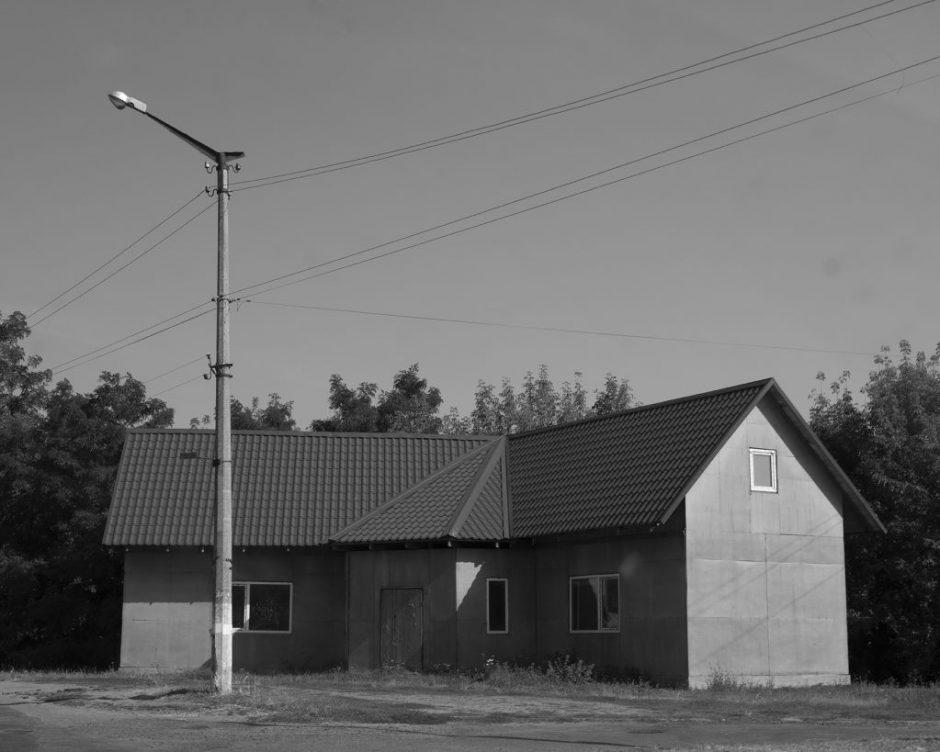Using Social Media Platforms to Research and Expand Knowledge Base for Students
“Social media is an important part of young people’s lives in our connected society; however, its use in higher education is currently sporadic, localised, and not aligned with the large and growing literature relating to digital pedagogies. Despite its potential to increase students’ engagement, promote interaction between students and lecturers (Ong & Quek, 2023), and provide timely feedback (Demir, 2018), social media is yet to be fully harnessed as a learning tool in the sector. These disconnects between students’ daily habits and education represent a huge, opportunity.”Mehmet Demir, Research Fellow at University of Birmingham 1 Nov 2024https://www.bera.ac.uk/blog/social-media-distraction-or-traction-in-higher-education
Emmet Gowin, the renowned Artist and Educator said in his final lecture to his Princeton class from the Gospel of St Thomas – “Know what is within your sight and what is hidden from you will be revealed.” Aperture Lecture https://vimeo.com/82197125
I am a fan of Emmet ! This fandom for Artists , Writers , Poets etc takes me on deep dives on Social Media, usually Instagram and You Tube. One is the appetiser the other the main meal.
I am a practitioner not an academic. My students are like most spend alot of time on social media platforms. They provide the instant hit. One of the challenges of photography education is a lack of interest in critical and contemporary history. This sometimes feels a geographical issue in Photography Education. Interacting with Students from both the USA and Europe there seems a vast divide from East and South Asia. This could be a culturally based around the foundation of a stable economic pathway where upon Art is secondary and Commercial is King.
During Studio based sessions I usually take a straw poll of my students when setting a brief and using professional photographers and artists as inspiration. In the whole I have found that there is a complete devoid of knowledge. This impacts on learning strategies for research based activities especially Work/ Sketch Books. How can I as an educator form an educational and practical based strategy that can help students in the current climate of social media.
One strategy is that I post on my Instagram account not just my work but exhibitions, videos of artists in short reels and then talk on a soft teaching basis. Sometimes in these non teaching spaces over lunch or a coffee conversations are had and screen grabs taken by the students. With intent I use these spaces which are relaxed and forment a conversation about my posts which invariably leads to outcomes of a positive nature.
Within a classroom I use social media and video platforms to show examples also providing a cheat sheet with all the necessary links.
I also set informal homework for students – small tasks they can do using social media as a research tool. I call it ” six degrees of separation” strategy. This allows a holistic and fun approach to the activity of research in the professional aspects of the industry.
Taking on what Mehmet Demir has developed – A taxonomy of social media for learning
Mehmet Demir, Research Fellow at University of Birmingham 1 Nov 2024https://www.bera.ac.uk/blog/social-media-distraction-or-traction-in-higher-education
“TMSL is a framework that helps lecturers activate social media platforms as effective learning tools. It guides lecturers on how to integrate these platforms into subjects they teach and align social media resources with both physical and virtual environments. TMSL focuses on the metacognitive process, structured around three dimensions (the 3Cs): Consciousness (Viewing), Cognitive (Posting, Interacting and Analysing), and Creativity (Evaluating and Curating).”
I believe incorporating this strategy especially in Visual Arts and more so emphatically in Photography which is the universal language on social media that students can both flourish creatively but importantly become aware of the critical and contemporary history that underpins photography.


